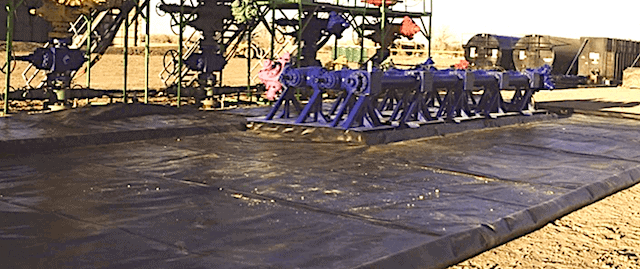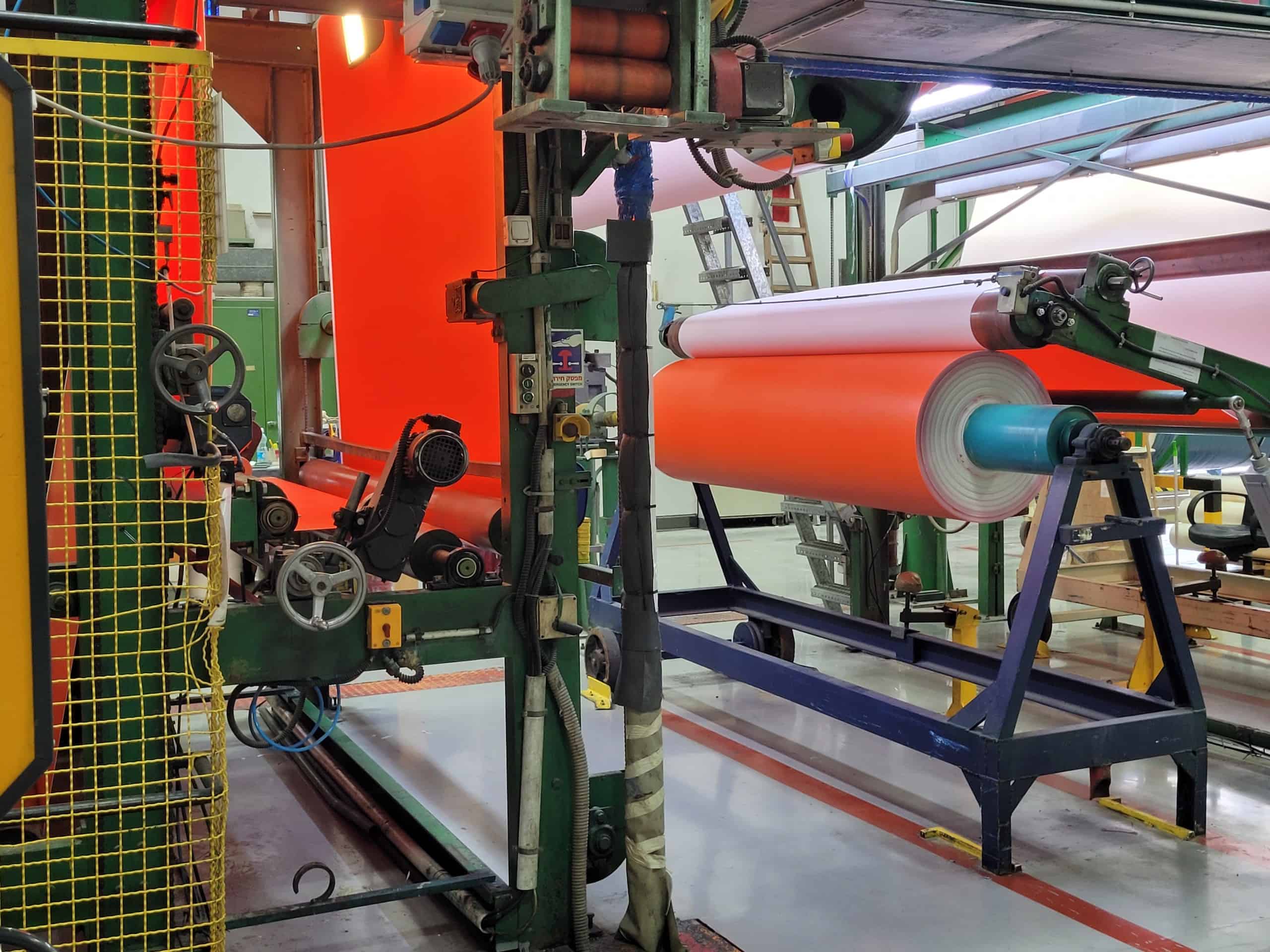Secondary Containment Requirements and The Role of Coated Textile Manufacturers
Environmental Control, International StandardsJul 18, 2022
Dealing with hazardous liquids is challenging. Multiple stringent safety conditions must be met. Businesses dealing with hazardous liquids are responsible for both minimizing the chances of an accident and implementing contingencies based on the risks involved. When it comes to storing facilities, fulfilling the secondary containment requirements to prevent environmental damage from accidental spills is a basic condition under all prevalent international standards. Due to the dynamic nature of liquid applications and a plethora of chemicals used by the industry, a single system for containment is impractical. Instead, businesses have to follow a certain set of guidelines and are free to choose any type of secondary containment which effectively stops environmental contamination.
THE IMPORTANCE OF ENVIRONMENTAL CONTROL
Industrial chemicals in their purest forms are extremely harmful for many ecosystems. Spills, leaks, and other containment issues are quite common globally and it’s important to have certain controls over this worst-case scenario.
For hazardous liquids, the Environmental Protection Agency (EPA) recommends certain contingencies to ensure that the water bodies, terrain, and other areas remain protected in case of a spill. This is supposed to be the last end of your control plan which starts with prevention.
KEY CONSIDERATIONS FOR DESIGNING A SECONDARY CONTAINMENT SYSTEM
As long as the secondary containment you are using is effective, you’ll be in compliance with common regulatory bodies like the EPA or international standards like OSHA. Or, if you wish to comply with Military Specifications such as MIL-B 53081 or ATPD 2262 Military Specification for Berm Liners.
When building or selecting a secondary containment solution, multiple parameters need to be considered. From the nature of the chemical to the climate and terrain of the area. Every parameter affects the performance of the secondary containment unit and must be examined. However, the following four parameters have the most significant effect and must always be considered during the design phase.
1 – Intended use parameters
The kind of substance you are dealing with, the environmental factors, the expected time period of exposure, and other factors related to your applications are some of the most important factors that affect the performance of your choice.
The intended use determines what kind of material you’ll select but you’ll have to consider other business factors as well. For instance, there are applications where either TPU or PVC would be a better choice, but you’ll chose one because of other factors like availability, cost, and ease of processing.
2 – Secondary containment types
The application also determines the type of suitable containment you can use for the best results. For instance, berms are one of the most common solutions used in the industry today because of their relative simplicity and effectiveness. However. there are some applications where other containment application perform better. Apart from the technical parameters, other limiting factors that decide the type of containment you should use are the associated costs, manufacturing capability, and the overall durability you need from your technical textile product.
3 – The available material combination
For hazardous chemicals, the base material is one of the most important considerations as you must ensure that the containment itself doesn’t react with the liquid under any circumstance. There are numerous materials that remain inert under normal circumstances but quickly react when the conditions are suitable.
For instance, consider marine applications. There are some materials that don’t react with common hazardous chemicals under normal conditions. However, UV exposure triggers a quick reaction which makes that material unsuitable for outdoor marine applications.
In the end, there is only one rule you should be concerned with. Whatever material you choose must not be susceptible to any chemical or physical reaction with the liquid you want to store under any circumstance.
4 – Static or dynamic applications
There are many applications where you can’t pre-emptively deploy secondary containment solutions. For example, marine spills will almost always affect some of the surrounding areas. In such situations, you’ll need rapidly deployable solutions to minimize the contamination and environmental damage.
Coated textile solutions for secondary containment requirements
Reinforced geomembranes and coated textiles are an excellent material choice for a variety of secondary containment applications. They have suitable properties to handle most hydrocarbons and harsh chemicals for a long time. Moreover, there is also a possibility of tweaking the material properties by making different combinations according to the need.
Most coated textile solutions also can resist damage. They are puncture-resistant, abrasion-resistant, and don’t get affected by UV rays, cold cracks, or severe weather conditions. Moreover, most of the available materials and blends have passed the tests of all major standard certifications and are known for their versatile use in the industry.
Another excellent benefit of coated textiles is their cost-effectiveness. Considering their functionality and versatile applications in secondary containments, coated textiles deliver more value for the buck than most other options available today.
Determine your application’s most effective coated fabric solution
To get the most effective coated fabric solution that fulfills the secondary containment requirements for your application, you need to communicate with your fabric manufacturer. The right manufacturer – like Erez – will not only deliver the best product according to your requirement but also guide you during the design phase and installation phase.
Erez is at the forefront of the coated fleece industry because of its innovative solutions. Our products for secondary containment solutions can withstand even the harshest environment without losing their performance. With Erez, you’ll get access to one of the most experienced teams that can propel you to the top with its long-lasting and versatile coated fabrics.
To learn more about Erez and its state-of-the-art options, contact us today and get connect with one of our fabric experts today.
Share this Post





